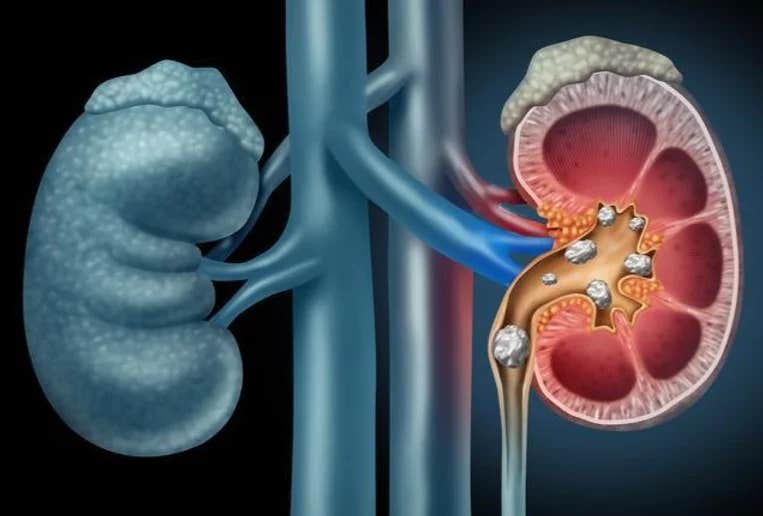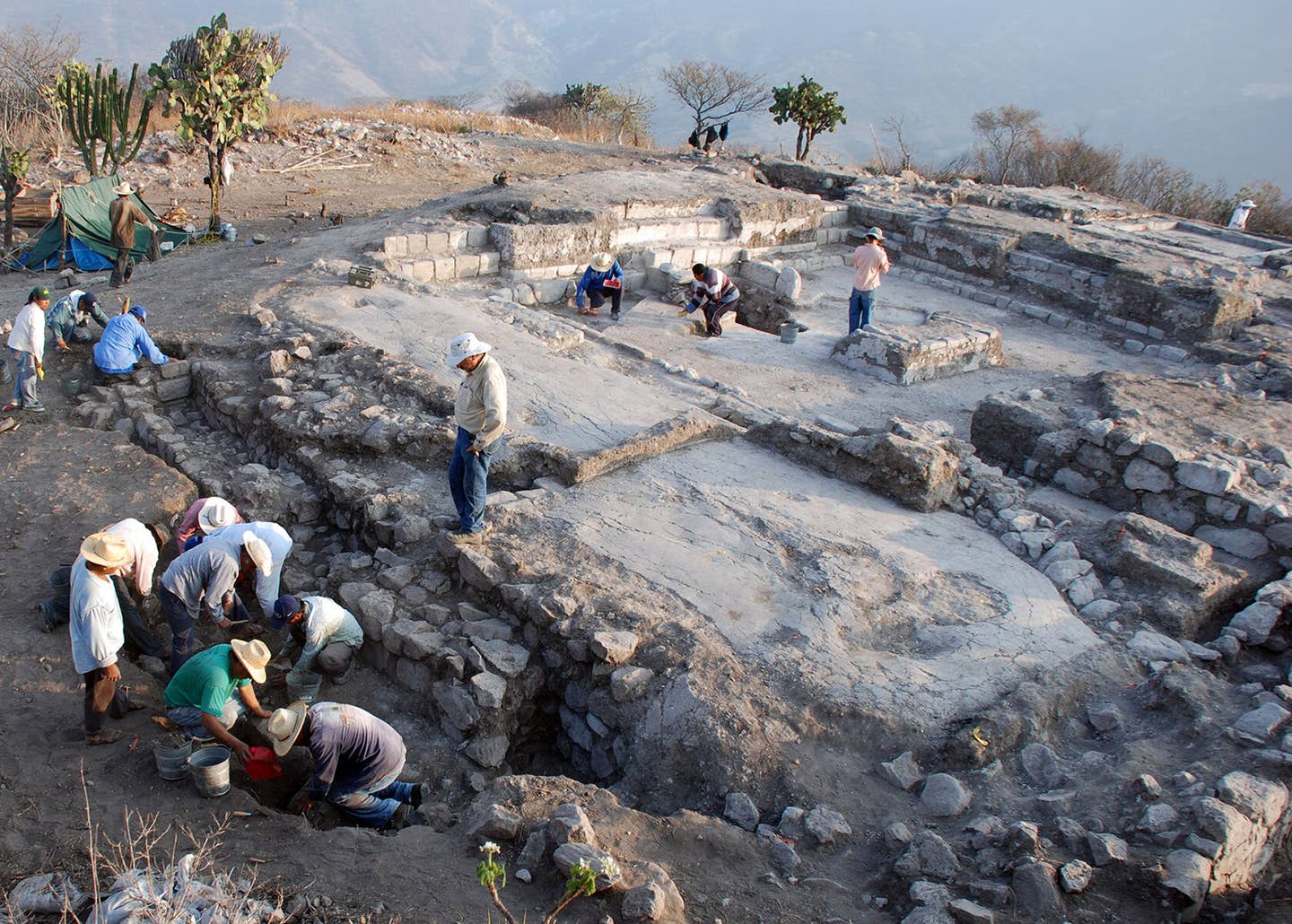Breakthrough ultrasound treatment painlessly eliminates kidney stones
The ultrasound treatment shows promise in moving or breaking up kidney stones in the ureter without anesthesia and with minimal discomfort.

Kidney stones, those painful crystalline formations that can wreak havoc in the human urinary system, may soon meet their match. (CREDIT: CC BY-SA 4.0)
Kidney stones, those painful crystalline formations in your urinary system, might soon be defeated by an innovative medical technique combining two ultrasound technologies. This approach, detailed in a study published in The Journal of Urology, shows promise in moving or breaking up kidney stones in the ureter without anesthesia and with minimal discomfort.
This technique uses a handheld transducer placed on your skin to direct ultrasound waves at the stone. These waves have a dual function: they can gently push the stone, helping it pass naturally—a process known as ultrasound propulsion—or break it into smaller pieces using burst wave lithotripsy (BWL).
Dr. M. Kennedy Hall, an emergency medicine specialist at UW Medicine and the study's lead author, highlighted the major benefit of this method over traditional shock wave lithotripsy, which typically requires sedation.
"Unlike shock wave lithotripsy, which is the standard procedure now in use and requires sedation, this technology doesn't hurt," Dr. Hall noted. "It's nearly painless, and you can do it while the patient is awake, and without sedation, which is critical."
The research team envisions this technology being used in clinics or emergency rooms, making treatment more accessible and comfortable for those suffering from kidney stones.
Kidney stones that become lodged in the ureter—the tube connecting the kidney to the bladder—often cause severe pain and lead to emergency room visits. Patients with these stones are usually advised to wait and see if the stone will pass naturally, a process that can take weeks. According to Dr. Hall, nearly one-fourth of these patients eventually need surgery.
Statistics show that one in 11 Americans will experience urinary stones in their lifetime. The incidence of kidney stones is increasing, with a UW Medicine study indicating that up to 50% of patients who have a stone event will experience a recurrence within five years.
Related Stories
Dr. Hall and his colleagues initiated this research to address the urgent need for a non-invasive way to treat kidney stones without surgery. The primary goal was to evaluate the feasibility of using ultrasonic propulsion and BWL to move or break up stones in patients who are awake and unanesthetized.
In the study, 29 patients were treated, with 16 receiving propulsion-only treatment and 13 undergoing both propulsion and BWL. In 19 cases, the stones successfully moved within the ureter, and in two cases, the stones moved into the bladder.
Burst wave lithotripsy successfully fragmented stones in seven instances. Two weeks later, 86% of the patients whose stones were lower in the ureter, closer to the bladder, had passed their stones, typically within four days.
One patient in the study reported feeling "immediate relief" when their stone was dislodged from the ureter, underscoring the potential for this technique to provide quick relief.
The next step for the research team is a clinical trial with a control group that won’t receive BWL or ultrasound propulsion. This will help determine how much this technology can improve the passage of kidney stones.
The development of this technique began five years ago, funded by NASA, which was exploring ways to manage kidney stones during long space missions, such as those planned for Mars. The success of this research led NASA to downgrade kidney stones as a significant concern for these missions. Dr. Hall remarked, "We now have a potential solution for that problem."
This pioneering study, which started in 2018, involved patients from Harborview Medical Center, University of Washington Medical Center-Montlake, and the Northwest Kidney Stone Center at the University of Washington Medical Center-Northwest.
The research brought together experts from the University of Washington School of Medicine’s departments of emergency medicine, urology, and radiology, in collaboration with the UW Applied Physics Laboratory.
While previous trials focused on breaking apart stones inside the kidneys, this study is the first to explore moving or disintegrating stones within the ureter using BWL. This marks a significant advancement in kidney stone treatment, with the potential to revolutionize how these painful stones are managed and offering hope to millions who might benefit from this innovative technology.
Note: Materials provided above by The Brighter Side of News. Content may be edited for style and length.
Like these kind of feel good stories? Get The Brighter Side of News' newsletter.
Joseph Shavit
Head Science News Writer | Communicating Innovation & Discovery
Based in Los Angeles, Joseph Shavit is an accomplished science journalist, head science news writer and co-founder at The Brighter Side of News, where he translates cutting-edge discoveries into compelling stories for a broad audience. With a strong background spanning science, business, product management, media leadership, and entrepreneurship, Joseph brings a unique perspective to science communication. His expertise allows him to uncover the intersection of technological advancements and market potential, shedding light on how groundbreaking research evolves into transformative products and industries.



